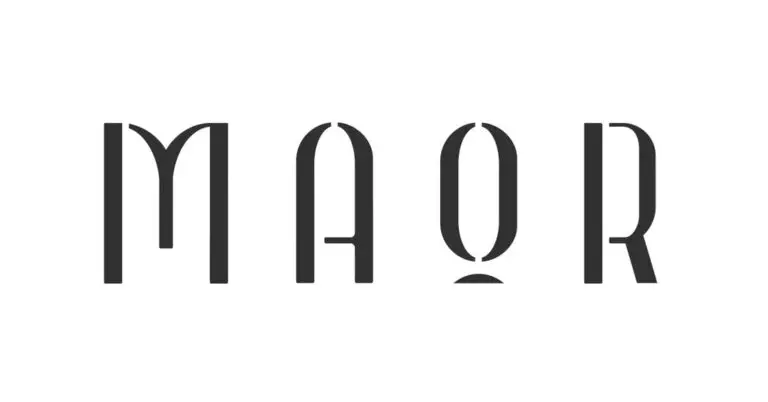Raw Denim. Have you heard of it? Before you start thinking it’s just the latest trend in fashion, we invite you to consider it’s historical context.
Until now, appreciation for raw denim has remained relatively under-the-radar, contained within small circles of denim producers, merchants and designers.
Quick History – Originally, all denim was raw. Think of cowboys and ranchers, would they want a fabric that was paper thin and delicate? Jeans were developed for hard work in a time when people didn’t own 10 or 15 pair, so clothing had to be built to last.
In fact, original jean wearers wouldn’t really wash them, they would just wear them until they were basically ready to fall apart. And the details that naturally embedded into the jean was what made them so interesting. One’s natural body oil, environment and the everyday occurrences from wearing them around would alter the fabric, leaving a fingerprint of a life fully lived.
It’s this “fingerprint” or signature that most jean companies try to mimic with their designs. Faded patches, torn knees and even the rips and holes are all copies of individual stamps that raw denim wearers could leave on a pair. Consumers today can grab a stretchier blend, skip the process and go straight to wearing something that resembles raw denim with time; however, wearers who choose to go raw let this design process happen naturally.
Typically, the denim begins with indigo dye traditionally made from dried leaves of a shrub-like flowering plant. However, given that this can be time consuming, most manufactures nowadays use a synthetic indigo dye. Raw spool of yarn, whether of classic cotton, linen, polyester or a blend- are then dipped into indigo dye for a certain amount of time, depending on how dark a wash is desired. Once dyed, the yarn is then weaved into a fabric and the jean pattern is cut.
Now comes the most uncomfortable element of owning raw denim; the caring for it. And this is usually where most women opt out for another style. Most girls, like to have clean clothes and this sort of idea – not washing them regularly – is a little unsettling.
Most raw denim owners will get their denim dry cleaned once or twice a year, or wash them inside out with cold water and never put them in the dryer. The best method to dry your raws is to let them naturally air dry. You’ll need to turn the jeans inside out to prevent the fading from the sun.
Who wears raw denim? Someone who is more of a trendsetter. Someone a little more ahead of the crowd and who wants to try something different, because it’s a completely different product from everything available on the market. We see a lot of men wearing raw denim these days, but also a lot of female’s are taking lead with this trend. Most raw denim companies are women friendly and have a few various designs for females. Regardless of whether you are cut out for a pair of raw denim – in the end, it’s what looks good on you that matters. If you don’t already own a pair, I’d recommend checking out the offerings from Raleigh Denim (found at Nordstrom), Baldwin Denim, Railcar Fine Goods and G-Star (also found at Nordstrom) to get you started.












